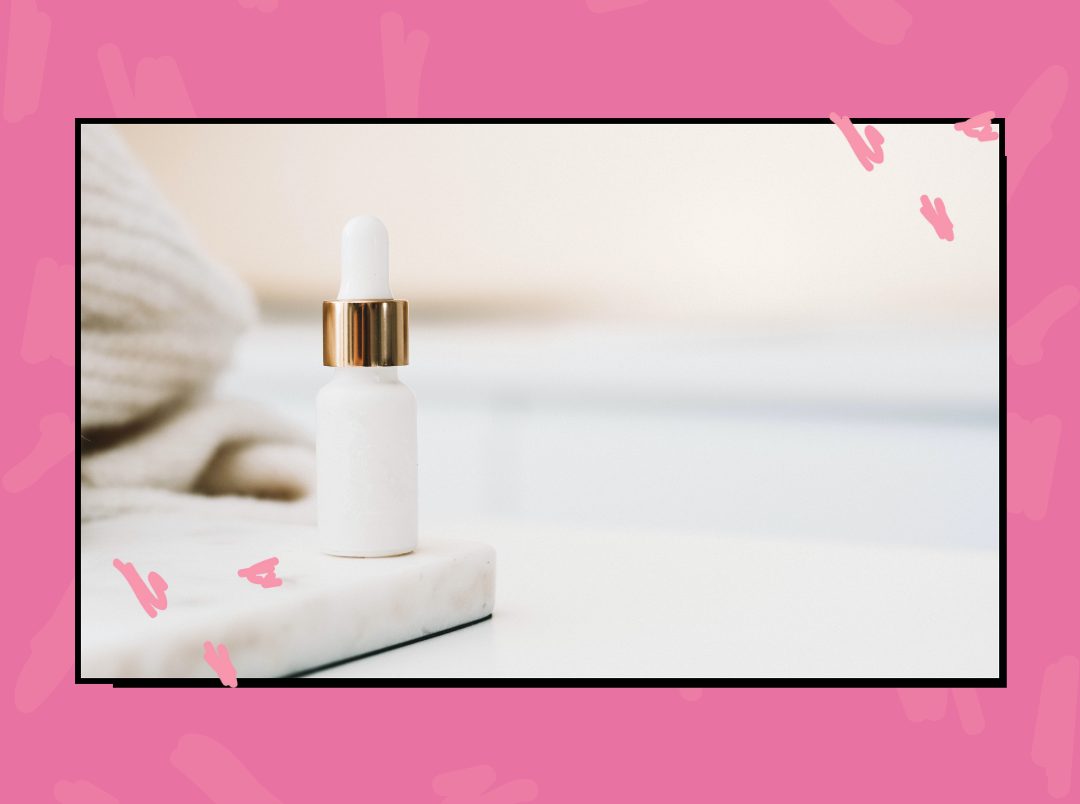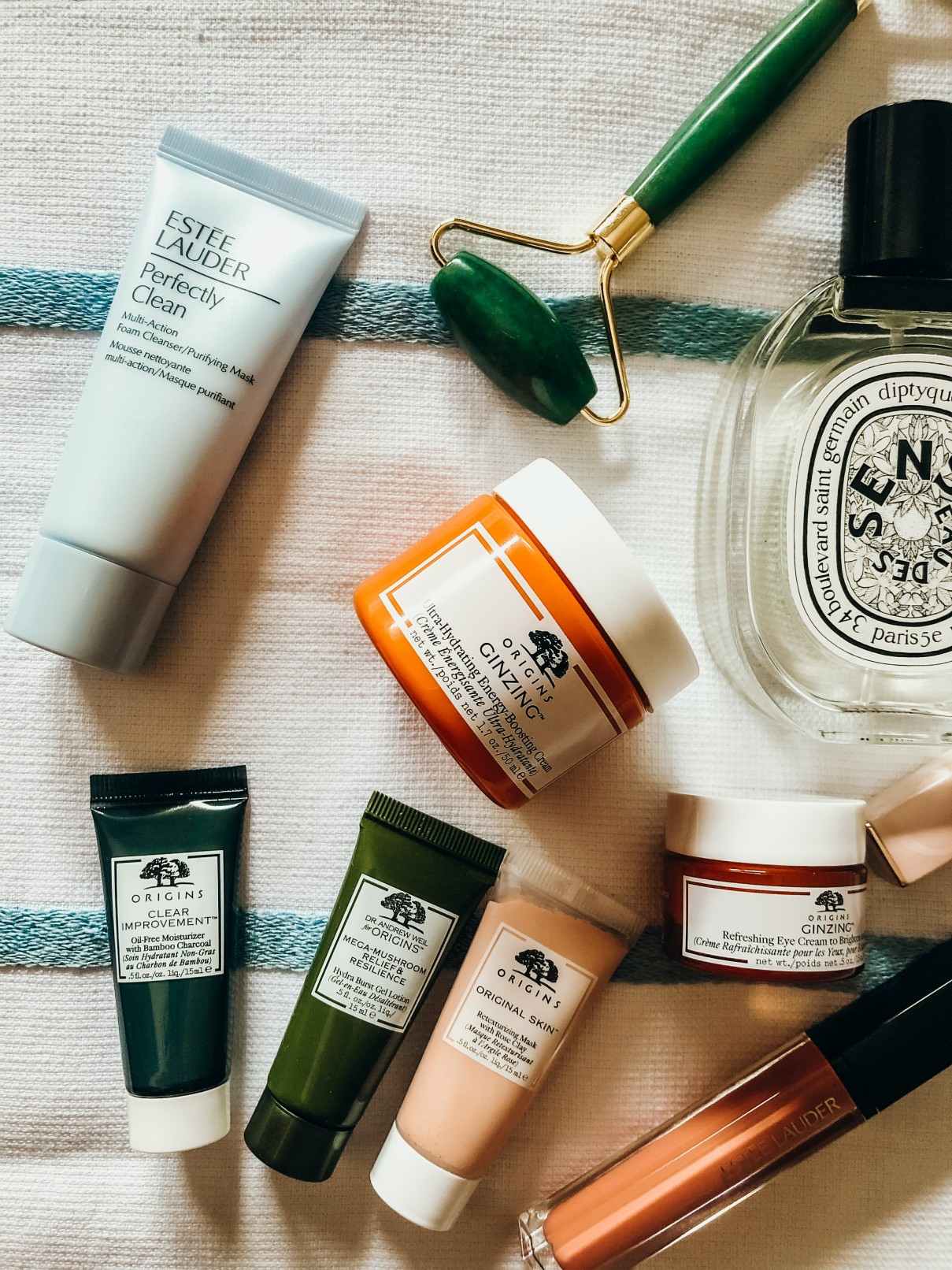
I remember being wedged between two skincare-dipped aisles in a store — passersby gazing at me sceptically for squinting my eyes at the back of a serum bottle for a little too long. I was confused — and only after much sleuthing did I understand the difference between cruelty-free and vegan; organic and natural; and derm-approved and derm-tested. Did you know that they’re vastly different in what they each mean?
Most of us don’t even skim these labels — nonchalantly buying into the idea of ‘instant results’ and ‘green’. And that’s why I decided to connect with two experts to break down skincare labels for us. Dr Madhuri Agarwal, Founder & Medical Director, Yavana Aesthetics Clinic and Dr Sushma Yadav, Dermatologist and Cosmetologist, Skinology, Bangalore explain to me what different labels mean; things to keep in mind when buying a product, and signs a product isn’t safe to use. Find all your queries expertly resolved here.
Stop — Wait A Minute. Here’s A Definitive Guide To Decoding Skincare Labels

What are some basic skincare labels we should look out for when buying a product, and what do they mean?
Dr Madhuri gives us a rundown on navigating labels, “These labels contain a lot of relevant information about the product, and it’s your job to verify certain facts. Does the label provide any information about the type of product (such as moisturiser, serum or face-wash) you’re buying; or about the skin-related concern it’s supposed to address (is it anti-acne, anti-ageing, or for blemishes or sensitive skin)?
Note that the first five ingredients on the ingredient list are the primary ingredients, and constitute 80% of the product.
Nowadays — labels also mention whether a product is eco-friendly, preservative-free, organic, fragrance-free, and more — along with mentioning their expiration, and shelf life (how long can it be used once it’s opened, especially jars or containers).”
Dr Sushma adds, “Some basic skincare labels you should look out for are — the active ingredient and the inactive ingredients it is composed of. Active ingredients are ingredients that address specific skin-related concerns. These ingredients could be responsible for reinstating your skin’s glow, fighting acne, or evening out your skin tone among others. So — what’s the point of inactive ingredients? Just because an ingredient is not active doesn’t mean it is useless — that’s why considering both active as well as inactive ingredients before purchasing a product is important.”
Can you explain these labels to us?
Dr Madhuri and Dr Sushma deliver their consensus on these hotly-debated terms and here’s what I gathered.
Natural
According to Dr Sushma, “This means that ingredients come from plants, flowers, and mineral origins that are found in nature. No genetically modified (GMOs) ingredients. No parabens, sulphates, or other harmful substances; but you must know that no product is completely natural. There are chemicals or preservatives in small quantities in every product.”
Dr Madhuri demonstrates this with an example, “This does not mean all the ingredients have been derived from natural sources. A product can add water or aloe as the first ingredient, and call it natural but still have a list of chemicals.”
Organic
A product is organic when it is made from ingredients that are more than 95% devoid of chemicals fertilisers, pesticides, GMOs, and dyes. This is the most regulated term on the list. Such products must contain only organically-produced ingredients — produced with cultural, biological, and mechanical practices and processing aids (excluding water and salt). And they ought to have a USDA label — just a marketing claim label does not hold weightage.
Clean
Clean indicates that the product is composed of ingredients that will not cause irritation or any kind of toxicity to the body — or have a negative impact on its surroundings (such as packaging). Ingredients like parabens, phthalates, oxybenzone, and
synthetic fragrances are a strict no-no in these products. There’s a lot of confusion between natural and clean but they’re different. Natural relates to the content of the product while clean talks about the impact of the product.
Hypoallergenic
Products that are hypoallergenic are highly unlikely to cause allergies on your skin. If your skin is sensitive, or you have a tendency to develop reactions to products, you should pick a product with this label; but it is always advisable for people with allergy-prone skin to do a patch test on the sides of the face before truly committing to the product. Remember that hypoallergenic does not guarantee any reactions.
Cruelty-Free
This means that the product has not been tested on animals in any manner during manufacturing — or before being sold to consumers. Additionally — it means that ingredients derived from animals have not caused any harm to said animals. The Leaping Bunny logo is a universal symbol for cruelty-free products. Keep in mind that vegan and cruelty-free convey different meanings.
Vegan
Products with this label not only exclude meat/s but also animal-derived components or by-products that could cause harm to the animal during the production of the product. This includes (but is not limited to) honey, beeswax, lanolin, collagen, albumen, carmine, cholesterol, and gelatin.
Non-Comedogenic
This is for acne-prone or oily skin types. The label denotes that the product is formulated in a way that it won’t clog pores, and lead to breakouts when applied.
Derm Tested
This indicates that a minimum of one dermatologist has tested the product for one variable — but it doesn’t lend itself to any reliability to the efficacy or adverse effects of the product. It’s possible that another dermatologist disliked the product, but the brand gets away with the ‘Dermatologist Tested’ label anyway.
Derm Recommended
This label implies that the product is recommended by a dermatologist — but it’s actually a marketing gimmick brands employ to sell products. It hints at a potential endorsement between the brand and the skin expert. No actual testing takes place behind the scenes. The label doesn’t insinuate that every dermatologist recommends said product — or that it’s approved for your skin.
Broad Spectrum
This term concerns sunscreen. It means that the sunscreen protects your skin against both UVA and UVB rays. This is important because your skin needs protection from both — while UVA is notorious for causing premature ageing, UVB is linked to skin-burning.
Unscented
Unscented is not the same as fragrance-free. Certain ingredients exude an unpleasant smell — to mask this odour, chemical fragrances can be added to the formula. Since these added fragrances have a neutral smell, it’s referred to as unscented’.
Fragrance-Free
Fragrance-free implies that the product is devoid of all artificial or chemical fragrances that are added to products to give them a signature/special aroma, but the product might have a natural fragrance because of its ingredients being inherently scented. Remember that added fragrances can irritate the skin, and might even cause allergic reactions.
What are some signs you should steer clear of a product — are there any labels that are red flags?
Dr Madhuri and Dr Sushma ask us to stay away from products if:
- The FDA approvals are missing.
- The product claims to work instantly, and if the evidence substantiating these claims is lacking.
- It is a clean/green product (as these aren’t regulated terms, and there’s no licensing body regulating them)
- It contains hazardous ingredients such as alcohol, formalin, or SLS.
- It contains parabens — also known as preservatives meant to increase the shelf-life of products.
- It contains synthetic fragrances — added with the sole purpose of making a product smell pleasant (remember that it is harmful to the skin).
- It contains Sodium Lauryl Sulphate — this can strip your skin and hair of essential moisture, cause dryness, and even irritate the skin (it’s also found in detergents to add a foamy texture to the product).
- It contains talc — a mineral used in compact powders, blushes, and eyeshadows. Talc is quite harmful as its particles can rub against the skin, and cause irritation. It is not recommended for people with respiratory issues either.
When reading an ingredient list at the back of a product, what must we keep in mind?
“Observe the name, list, and concentration of ingredients. Look out for ingredients that you need for your skincare, and make a note of ingredients that have negatively impacted your skin in the past. Globally — the belief is that the first five ingredients on the list are primary and constitute a higher concentration of the product.
And as you go further down the list of ingredients, the concentration drops too — sometimes, lower-concentration ingredients are not even listed on the label. It’s typical for water or aloe to be listed as the topmost ingredients, and form 80% of the product’s concentration, but the truth is that these two ingredients (usually) have no role in the product. Active ingredients such as Retinol, AHAs, BHAs, glycerin, and more will be in the 1%- 2% range for effective concentration and could be the lowest on the label (or not even mentioned). Remember that ‘the higher the concentration, the better the product’ is a myth,” explains Dr Madhuri.
Dr Sushma advises us to check the expiry date; warning signs (if any); source of ingredients; manufacturing of the product; and colour and temperature of the product before buying a product.
What are sulphates and parabens, and why do so many products leave them out?
Since most of us regard sulphates and parabens with scepticism, both the experts break them down for us like this:
- Parabens are used as preservatives in products to increase their shelf-life (to prevent the growth of harmful bacteria and mould), and aren’t essential in products. They’re touted as ‘endocrine-disruptors’, and it’s claimed that they have carcinogenic (cancer-causing) potential. This fear associated with the preservative is what causes companies to leave parabens out of formulations; but there is no substantial, robust evidence to support these claims.
- Sodium Lauryl Sulphate is a type of surfactant (detergent, emulsifier, and/or foaming agent) that attracts both oil and water. In other words, sulfates are what make shampoos and cleansers foamy; but they can lead to irritation and reactions on the skin. It can trigger acne-related breakouts or exacerbate the condition, and that’s why it is excluded from products formulated for sensitive or acne-prone skin as it can cause dryness. Earlier, there were claims of sulphate causes cancer and toxicity in the body; but studies have disproved these links.
Don’t you feel almost enlightened — the next time you stride into a store, you’re not going to spend more than 30 minutes (guilty) squinting at the back of the packaging. Now that’s some character development right there.
Featured Image: Pexels